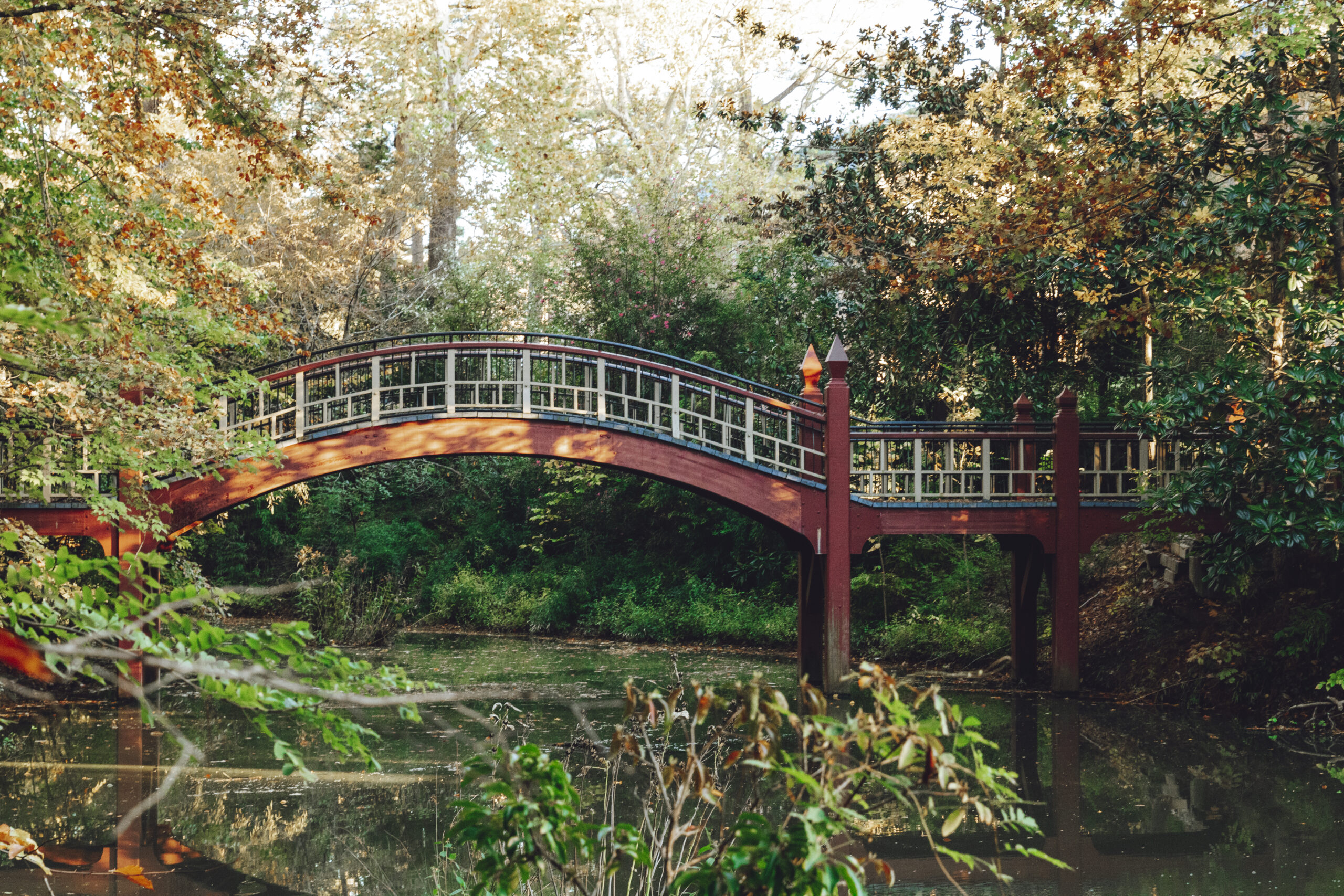Green Revolution: Campus Launches Ambitious Environmental Transformation

As the vibrant Year of the Arts fades into memory, the College of William and Mary is pivoting towards a more sustainable future. The November Board of Visitors meeting unveiled an exciting new initiative: 2025 will be designated as the Year of the Environment, signaling a bold commitment to ecological awareness and sustainability.
Campus environmental groups are buzzing with anticipation, their members harboring a mix of optimism and strategic planning. This thematic focus promises to amplify student-led sustainability efforts and spark meaningful conversations about environmental stewardship.
From potential green infrastructure projects to innovative ecological research opportunities, the upcoming year holds tremendous potential for transforming the college's approach to environmental consciousness. Students and faculty alike are eager to see how this theme will translate into tangible actions and lasting impact on campus and beyond.
